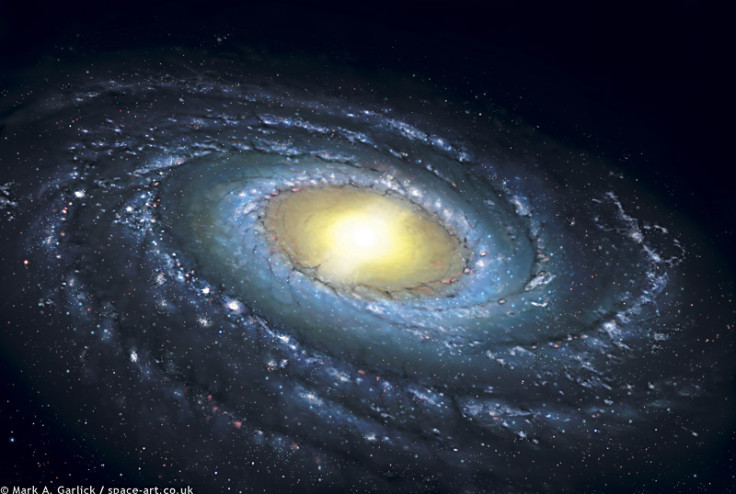Meet 'Eagle' – a simulation of universe created in the 'Cosmology Machine'
Scientists create simulation of galaxies to study 14 billion years of the universe's history

A "simulation of the universe" has been created by scientists with realistic galaxies in a bid to study 14 billion years of history.
In a joint project between Universities of Leiden in the Netherlands and Durham in the UK, researchers spent several months running the simulation at the "Cosmology Machine" in Durham and "Curie" in Paris.
The simulation included realistic galaxies – with mass, size and age similar to those observed – and galactic winds blown from galaxies.
In the paper, published in Monthly Notices of the Royal Astronomical Society, researchers describe the simulation, dubbed 'Eagle', as a much closer reflection of real galaxies in comparison to previous simulations.
The success of Eagle is the strong galactic winds, which blow away the gas supply needed for the formation of stars.
In this simulation, galactic winds are stronger, meaning the sizes and shapes of thousands of galaxies are more similar to those observed by astronomers.
Durham's Richard Bower said: "The universe generated by the computer is just like the real thing. There are galaxies everywhere, with all the shapes, sizes and colours I've seen with the world's largest telescopes. It is incredible. In the Eagle universe I can even press a button to make time run backwards."
The authors say their simulation will allow scientists to study the evolution of individual galaxies.
Study co-author Rob Crain said: "This is the start of a new era for us. We can now manipulate the conditions of the Universe and study the evolution of galaxies throughout the past 14 billion years."
© Copyright IBTimes 2024. All rights reserved.






